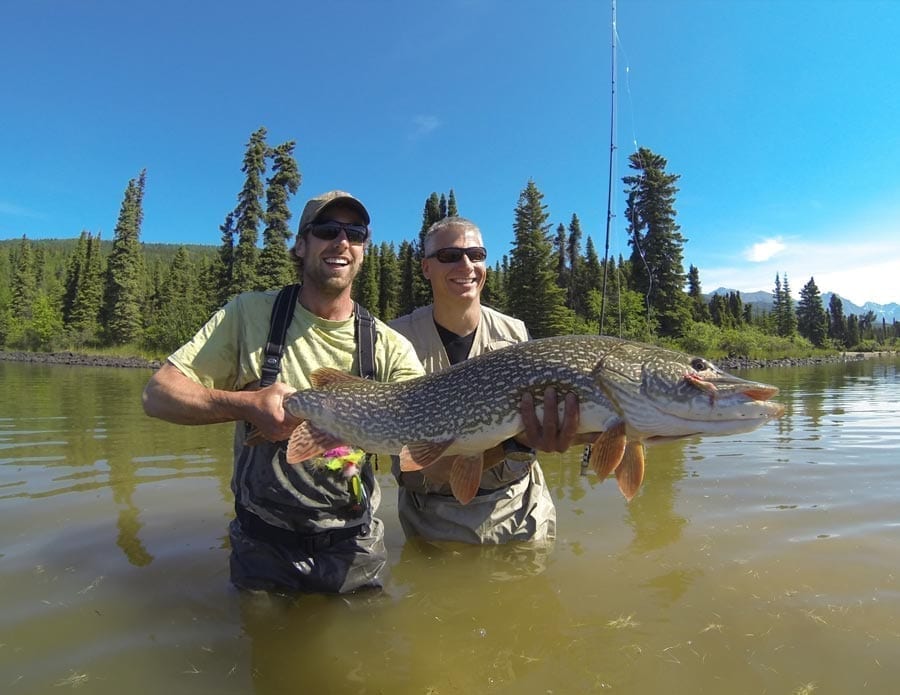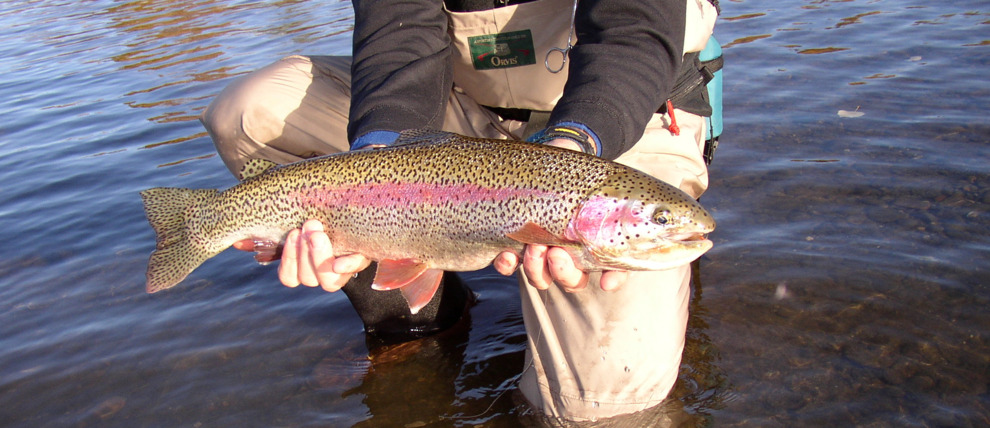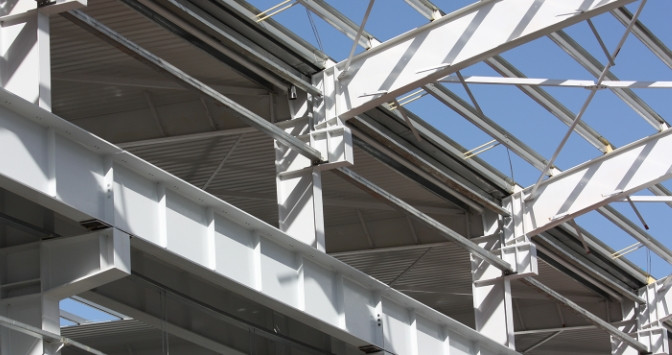
Alaska should be on your fishing bucket list if it isn’t already. The state has some of the world’s best cold-water fishing, and the beauty and wildlife you’ll see on Alaskan fishing lodges will make an indelible impression on your soul. Alaska is North America’s last finest outdoor paradise, yet there are a bewildering number of lodges and guides to select from. There are other productive towns and sites scattered around the state. It can be quite challenging to narrow down a destination and plan a trip to Fly-in Alaska Fishing. That’s where this article can assist with comprehensive fishing tips.
Choose a target species and season
Many fish species such as king salmon, rainbow trout, halibut, lingcod, rockfish, silver salmon, pink salmon, chum salmon, sockeye salmon, pike, grayling, mussel, char, Dolly Varden, steelhead, and cut-throat trout are available in Alaska. Your initial step will most likely be to choose a species and decide what you want to achieve. Once you’ve decided on a destination, inquire with potential guides and lodges about the best time to go fishing in Alaska to capture the species you’re after.
For a multitude of reasons, fishing prospects vary substantially by place and season. Although the quantity of king salmon can be better in June in southeast Alaska, where we operate our charter business, the majority of the trophy kings are caught in July and August. Nothing is sure when it comes to Alaska remote fishing lodges, but if you want to catch a trophy trout or salmon rather than catching a lot of fish, that knowledge can assist the lodge owner to propose times that will work best for you.
Focus on freshwater or saltwater
There are certain places in legacy lodge Alaska that offer outstanding saltwater and freshwater fishing in the same area. However, we recommend focusing on saltwater or freshwater fishing and hiring a guide who specializes in either. This increases your chances of having a memorable fishing trip.
Decide if you will fish ocean waters or protected waters
If you want to fish saltwater but are afraid of becoming seasick, try reserving a spot at a site in southeast Alaska. The Alaskan fishing lodges offer fishing in protected waters, such as Pelican, Hoonah, Juneau, Wrangell, Petersburg, Coffman Cove, and Ketchikan. Although these regions don’t have access to the king salmon highway off the coast, silver salmon fishing may be spectacular in some areas during July, August, and September when the silvers are flowing. Coastal ports like Seward, Homer, Kodiak, Yakutat, Sitka, and Craig can still be enjoyed with proper seasickness measures, even with motion sickness in mind.
Choose your accommodations
After you’ve decided on a species and a fishing region, you’ll need to figure out what kind of lodging you’ll need. Of course, the most luxurious amenities will come at a premium. If the fly OUT fishing lodge offers an on-site masseuse, spa, 5-star dining, and pristine suites with a million-dollar view, the price will skyrocket. However, if that’s what you’re searching for, Alaska has some incredible fishing spots as well as a luxurious resort experience. There are also dozens of more modest lodges that offer meals, transportation, and other amenities.
Factor in the weather
What happens in Alaska and when it happens in Alaska is dictated by Mother Nature, which is precisely what makes the state unique. Alaska is a rugged and beautiful region that has been shaped by years of harsh weather. Plan on spending a day or two on either end of your trip waiting for the weather if you’re going to a bristol bay lodge in Alaska or a destination that can only be reached by floatplane. If you have a job commitment the day after you’re supposed to be home, you should reschedule or go somewhere where you know you’ll be able to get out on time.
Plan for additional costs

Be mindful of additional expenditures such as a fishing license and king salmon stamp, as well as the cost of processing your catch and flying it home. Visitors to our facility are encouraged to bring only what they need for their journey in a carry-on bag. This saves money on return travel because most airlines provide two free checked bags.
Another thing to consider is the cost of a rental car. For example, fishing on the Kenai Peninsula usually necessitates renting a car from Ted Stevens Anchorage International Airport. Rent a vehicle with adequate space to transport fish boxes or coolers full of fish if you plan on taking fish home. There will be a weight limit for travel if your holiday involves a floatplane or bush plane. When packing, remember to account for the weight of the fish you intend to keep for the return journey. Make sure to have proper budget plans before you opt to Fly-in Alaska Fishing for maximum fun.
Prepare for Alaska
Getting a prescription or even finding basic items can be difficult in many places in Alaska. If you have a medical problem or want to be near a population center, keep this in mind. Then, before you go, do some research on the area’s resources and pack what you’ll need to keep comfortable and healthy. Bear spray is another item to think about. Bear spray isn’t allowed on any of the major airlines, but it’s a must-have if you plan on fishing any of Alaska’s rivers, for obvious reasons.
Conclusion
We can tell you from personal experience that most good Alaskan fishing operations like fly OUT fishing lodge fill up far in advance of the season. You may be fortunate enough to locate a vacancy due to a cancellation. However, it’s best to start arranging at least a year ahead of time to ensure that you get to take the trip of your dreams.







